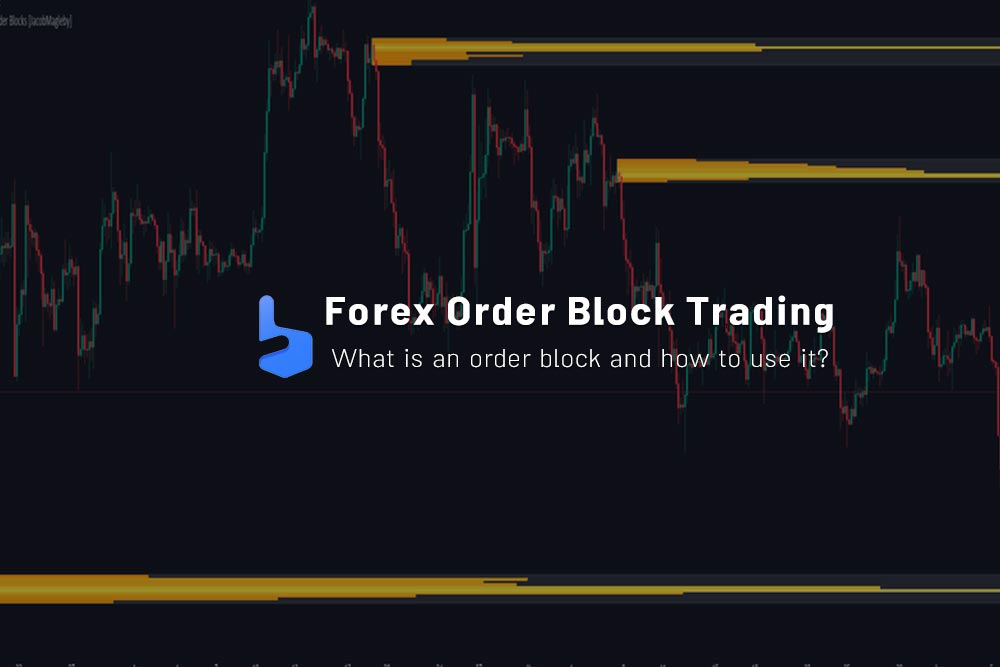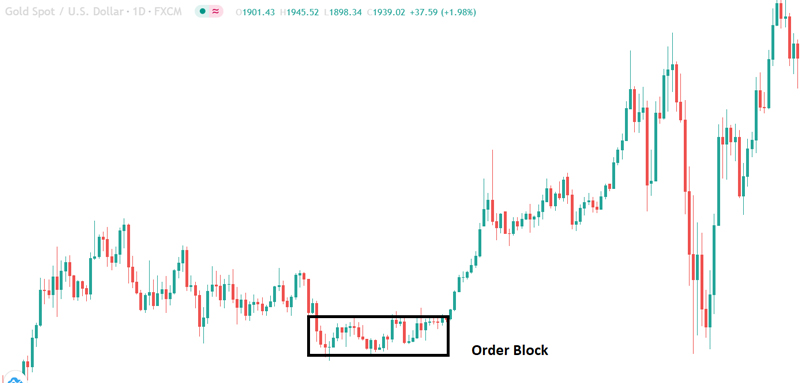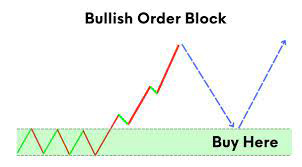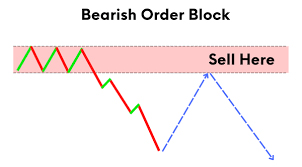What you are about to read:
Order block is a trading concept that has gained popularity in recent years, especially in the forex and futures markets. Essentially, an order block is the consolidation of forex orders that forms a support or resistance level on a price chart. Traders familiar with how to identify and trade using this method can use it for more informed decision-making in their trades and potentially increase their profits. In this article, we will explore this topic and how to trade with it, using Brokerland for reference.
What is Order Block?
To understand what an order block is, it’s important to know how the market operates. When traders buy or sell an asset, they do so through a forex broker such as Alpari or IFC Markets The broker then sends the order to a liquidity provider, usually a large financial institution or a group of institutions that provide liquidity to the market.
These liquidity providers have order books that display buy and sell forex orders for a specific asset. These orders are grouped together based on price and form the support and resistance lines on the price chart.
An order block is a combination of orders at a specific price level that has previously acted as support or resistance. It indicates a strong level of demand or supply and can represent a significant area of market interest at that price point. In other words, it reflects a point where a substantial number of buy or sell orders have been placed in the past, potentially influencing future prices.
How to Identify an Order Block
Once an order-block is identified, traders can use it as a reference point for price action. If the price passes through it, it can indicate a potential break of the previous support or resistance level, potentially leading to a new trend direction. Conversely, if the price bounces off it, it may indicate that the level is still valid, and there could be a potential reversal or continuation of the previous trend.
Order Block Trading
Depending on the trader’s trading style and risk tolerance, there are various approaches to trading with an order block. Here are a few common strategies:
Breakout Trading Strategy
Breakout is a popular strategy that involves trading when the price breaks through a key support or resistance level. When an order block is identified, traders can place a buy order if the price breaks above the block and a sell order if the price breaks below it. Stop loss can also be placed just below it for a long position or just above it for a short trade.
Pullback Trading Strategy with Order Blocks
This approach involves waiting for the price to return to a support or resistance level after a breakout and then entering a trade in the direction of the breakout. With an order block, traders can wait for the price to retest the level and then, if it holds, enter a trade. In this method, a stop loss can be placed just below it for a long trade or just above it for a short position.
Reversal Trading Strategy
The reversal strategy involves identifying potential trend reversals and taking a position in the opposite direction of the current trend. With an order block, traders can look for a price rebound from a level as a potential sign of a reversal. They can then take a trade in the opposite direction of the previous trend, with a stop loss just above it for a short position or just below it for a long position.
Confluence Trading Strategy with Order Blocks
This method involves searching for technical indicators or factors that confirm the decision to enter a trade. With an order block, traders can look for other technical indicators such as trendlines, moving averages, or Fibonacci retracement levels that align with it.
When multiple indicators align in the same direction, it can boost the trader’s confidence in their trading decision and potentially increase their chances of success.
Notes for Order Blocks Trading
Here are some points that can help traders effectively use this method for trading:
Use Multiple Time Frames: Order blocks can form on different time frames, so checking multiple time frames to identify them is essential. For example, a trader might identify a block on a daily chart and then zoom in on a 4-hour chart to look for entry and exit points.
Volume Analysis: Volume can provide crucial clues about the strength of a block. Traders should look for an order-block with high volume, as this indicates a significant level of market interest.
Combine them with Other Technical Indicators: While order blocks can be powerful on their own, traders should look for other forex indicators that confirm their trading decisions. This can increase their confidence in their trading plan and potentially improve their success rate.
Proper Risk Management: Like any trading strategy, practicing proper risk management is crucial when trading with this method. This includes setting stop-loss and take-profit levels at appropriate levels, a good risk/reward ratio and avoiding excessive leverage or risking too much of your trading account on each trade.
Conclusion
Order blocks are a powerful tool for traders as they can provide essential clues about support and resistance levels in the market. By identifying and trading with them, traders can potentially increase their profits and make more informed trading decisions.
However, like any trading strategy, practicing proper risk management and combining it with other indicators to enhance the chances of success is vital. With practice and experience, traders can become more skilled at identifying and trading with this method, potentially using it as part of their overall trading plan.
It’s worth noting that while order-blocks can be useful tools for trading, they are not infallible, and traders should not rely solely on them for trading decisions. Market conditions can change quickly, and traders should always be ready to adapt their strategies as needed.
In summary, order blocks are combinations of orders at a specific price level that previously acted as support or resistance. Traders can use them to identify potential trading opportunities and make more informed trading decisions. By using multiple time frames, volume analysis, and combining them with other technical indicators, traders can potentially improve their success rate and execute more profitable trades.












